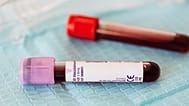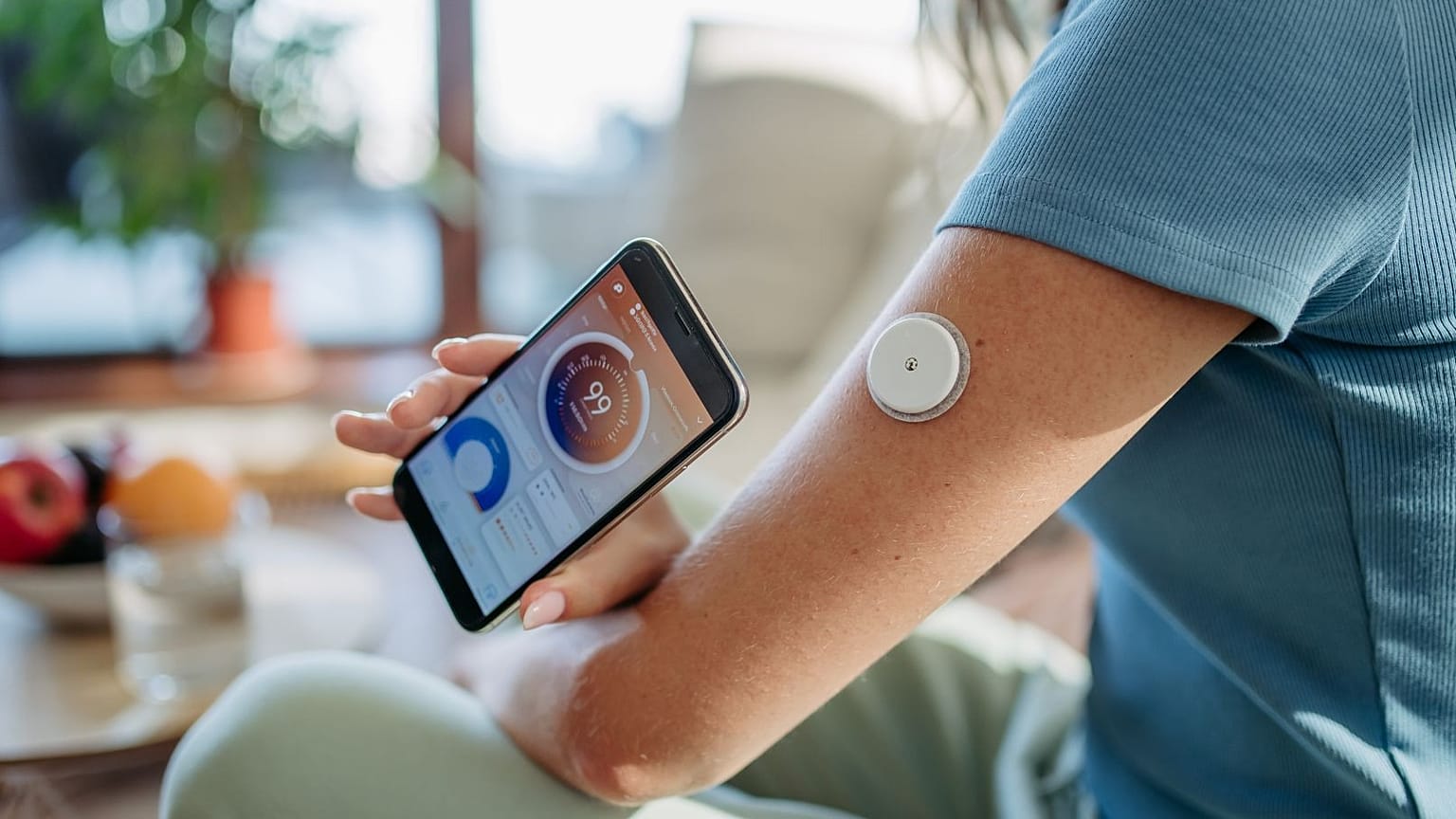The devices have surged in popularity among people without diabetes, but a study suggests reality may not match the hype.
Small wearable devices that track blood sugar levels are growing in popularity among the health-conscious – but they may not be particularly accurate for people without diabetes, a new study has found.
Many people with diabetes use continuous glucose monitors (CGMs) – small devices that are often fitted to the back of the arm or the abdomen – to track their blood sugar levels. These devices send real-time data to a mobile app, giving people insight into how their glucose levels rise or fall throughout the day.
CGMs can help diabetics adjust their diets and activity levels to keep their blood sugar in a healthy range – but the devices don’t appear to offer the same benefits for people who do not have diabetes.
Researchers analysed CGM data from 972 people with diabetes, prediabetes – when someone’s glucose is elevated, but not high enough to be diagnosed with type 2 diabetes – and normal blood sugar levels. The participants wore a device known as Dexcom G6, which measured their blood sugar every five minutes for up to 10 days.
For diabetics, CGM data matched the gold standard blood test – but it was far less reliable for those with prediabetes, and it was largely unrelated for people without any form of diabetes, the study found.
“Our study reaffirms that CGMs are great tools for people with diabetes,” Dr Jorge Rodriguez, an internal medicine physician at Brigham and Women’s Hospital in the United States, said in a statement.
However, he added that “for those without diabetes, CGM data is not a substitute for HbA1c (the blood test), which assesses how well the body controls blood sugar over multiple months”.
The findings were published in the journal Diabetes Technology and Therapeutics.
Rodriguez’s team measured the participants’ HbA1c levels at the beginning of the study, and then compared them with eight CGM metrics, including average blood sugar, blood sugar variability, and time spent in a healthy range.
Among people with type 2 diabetes, CGM data closely matched the HbA1c measurement, particularly for their average glucose levels, but this was not the case for those with prediabetes or normal blood sugar.
The findings held up even when researchers took factors such as body mass index, a measure of obesity, into account.
Given CGMs were originally designed for people with diabetes, the findings make sense, the researchers said. In people without diabetes, meanwhile, the devices may capture normal short-term fluctuations in blood sugar that are not serious enough to affect HbA1c.
These devices have become more popular in recent years as wellness-oriented consumers seek more data on their health. CGMs can be purchased without a prescription or online in several European countries.
But the researchers urged people with prediabetes or normal blood sugar to be careful about drawing conclusions from CGM data, saying bigger studies with more people would be needed to identify whether the devices can actually help people with normal blood sugar levels.
“In those without diabetes, CGMs may be useful as behavioural ‘biofeedback’ tools that can provide insight into how food and activity impact real-time blood sugar levels,” Rodriguez said.
But he added that “they do not directly reflect longer term blood sugar control”.


















